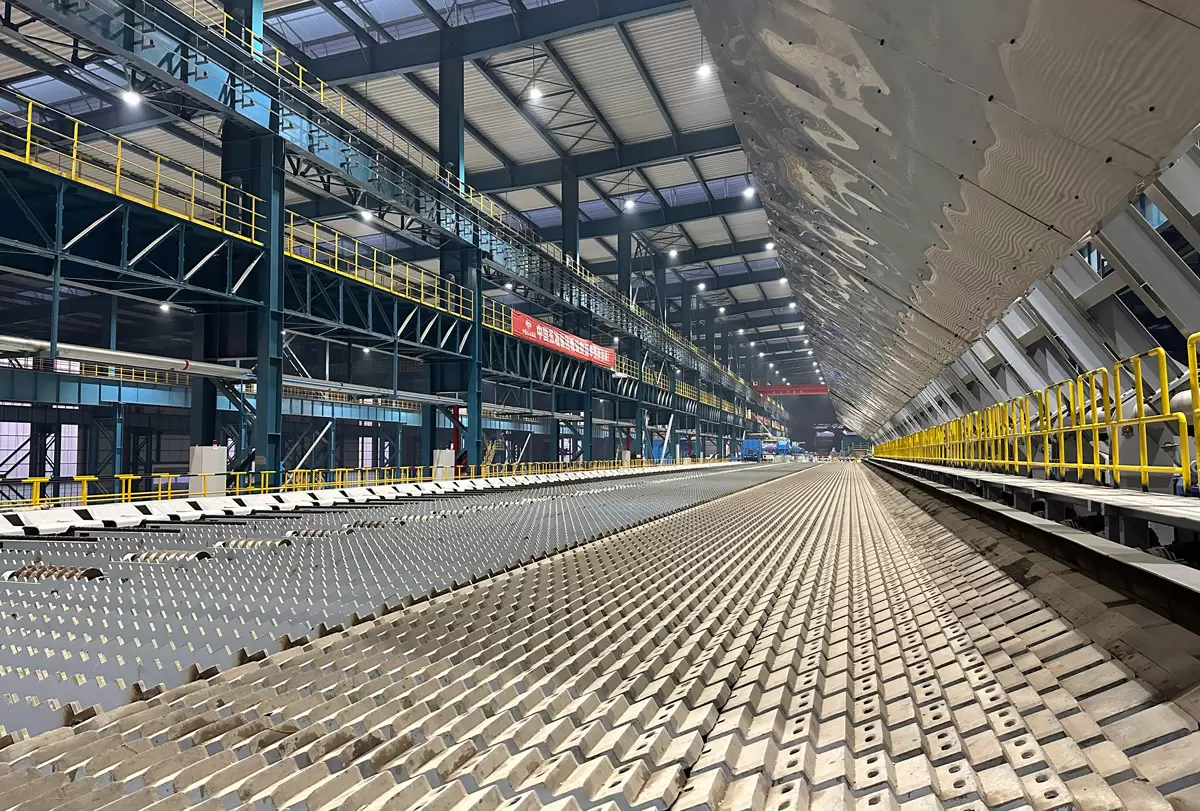When it comes to selecting an air compressor, one crucial factor that often gets overlooked is the size of the air compressor tank. The tank size plays a significant role in determining the overall performance, efficiency, and versatility of the air compressor. In this comprehensive guide, we will delve into the intricacies of choosing the ideal air compressor tank size, considering various factors such as usage requirements, tools, and applications.
- Understanding the Basics:
To make an informed decision, it is essential to understand the basics of air compressor tank size. The tank size refers to the volume of compressed air the tank can hold, typically measured in gallons. A larger tank size allows for more stored air, reducing the frequency of the compressor cycling on and off, resulting in improved efficiency and consistent airflow. - Assessing Usage Requirements:
The first step in selecting the appropriate tank size is to assess your specific usage requirements. Consider the type of tools and equipment you will be using, the duration of usage, and the required air pressure. Tools with high air consumption, such as sanders or spray guns, will benefit from a larger tank size to maintain a steady air supply. - Determining CFM Requirements:
Cubic Feet per Minute (CFM) is a crucial metric to consider when choosing an air compressor tank size. Calculate the CFM requirements of your tools or equipment by checking their specifications. A higher CFM requirement necessitates a larger tank size to ensure a continuous supply of compressed air without interruptions. - Balancing Portability and Capacity:
While a larger tank size offers advantages in terms of performance and efficiency, it is essential to strike a balance between portability and capacity. If you require a portable air compressor for on-the-go applications, a smaller tank size may be more suitable. However, if the compressor will be stationary or used in a workshop, a larger tank size can provide extended usage without frequent refilling. - Considering Duty Cycle:
The duty cycle refers to the amount of time an air compressor can operate within a given time frame. It is crucial to consider the duty cycle of the compressor and match it with your usage requirements. A larger tank size can help reduce the duty cycle, allowing the compressor to run for longer periods without overheating. - Factoring in Space Constraints:
Another factor to consider is the available space for the air compressor. If you have limited space, opting for a smaller tank size can be more practical. However, if space is not a constraint, a larger tank size provides more flexibility and reduces the need for frequent refills.
Conclusion:
Choosing the right air compressor tank size is a critical decision that directly impacts the performance and efficiency of your air compressor. By considering factors such as usage requirements, CFM needs, portability, duty cycle, and space constraints, you can make an informed choice. Remember, a well-matched tank size ensures a consistent supply of compressed air, enhancing the productivity and longevity of your tools and equipment. So, take your time, evaluate your needs, and select the perfect air compressor tank size for your specific applications.



